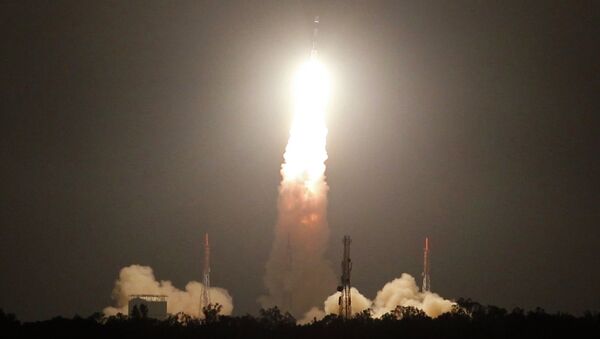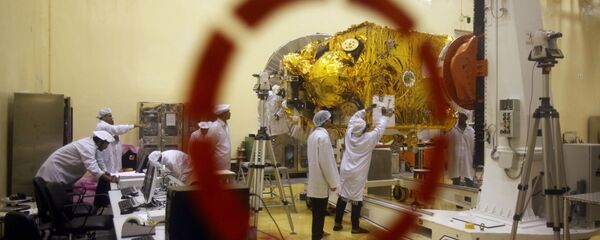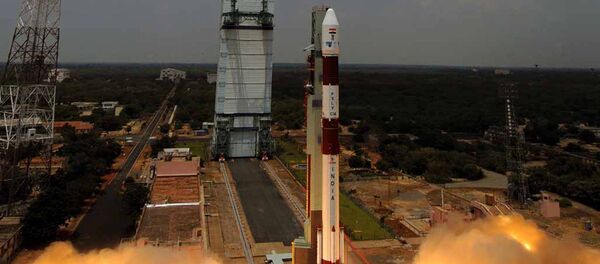Pakistan has disengaged from the project, while Afghanistan has shown no interest. However, other SAARC members like Sri Lanka, Nepal and Bangladesh may find the Indian proposal tempting. The configuration of the two metric ton South Asian satellite avoids prickly areas like security and mapping. It instead focuses on services that help in boosting social indexes like education, tele-medicine and disaster monitoring.
The satellite was to be named 'SAARC Satellite.' However, Pakistan’s walkout and Afghan disinterest led India to rename it the South Asian satellite. Indian Prime Minister Narendra Modi had announced the project at the 2014 SAARC summit in Kathmandu.
“The SAARC Satellite will be launched in March of next year. Earlier it was scheduled for December this year,’’ ISRO Chairman A. S. Kiran Kumar said.
The satellite will have 12 Ku band transponders, with each dedicated to one country in the region. India is the only country in the region with the capability to build and launch satellites for communications, Earth observations and space sciences.
Islamabad had opposed the launch of the satellite as it did not want India to reserve certain rights. All other member countries of SAARC have ratified the proposal to launch the satellite.




